Description
Montepulciano d'Abruzzo 'Cocca di Casa' is Fontefico's entry level red wine. Although the Montepulciano vines generally produce structured wines, this version is easy to drink, soft, fresh and undemanding, with fragrant fruity aromas and a hint of spice. It is extremely versatile and adapts with agility to a wide range of dishes and convivial moments. Montepulciano is the jewel of Abruzzo, the most famous and widespread red grape variety in the region, enchanting with its elegance and complexity. It is the wine of choice for every occasion, the faithful companion that delights with its pleasantness; in Fontefico it is cultivated and tended with love and dedication, which is why it is called "Cocca di Casa", a term that in Italy means a loved and spoiled person.
The Montepulciano vines are organically cultivated on the Vigna del Pozzo estate, where the grapes for the Fossimatto rosé are also harvested. The vines are trained in the Abruzzo pergola system and face east, towards the sea. The soil of this parcel is rich in skeleton, with many stones, but also clay and iron.
At harvest time, the grapes are picked by hand to ensure a careful selection of the best bunches, which are then destemmed and crushed in the cellar. Alcoholic fermentation takes place in temperature-controlled steel vats, the must remains on the skins for 22 days and ferments spontaneously thanks to the indigenous yeasts naturally present on the grapes. The wine matures for 6 months in steel tanks, then the mass is divided, 70% remains in steel, while the remaining 30% matures in wood for 18 months until bottling, then in glass for another 6 months before release.
The Montepulciano d'Abruzzo DOC ""Cocca di Casa"" has an intense ruby red colour, it is enveloping on the palate, characterised by soft and pleasant tannins, with a fascinating aftertaste of liquorice and spices. Its bouquet is intense and resinous, with notes of red berries and cherries.
Read More

No reviews for this item







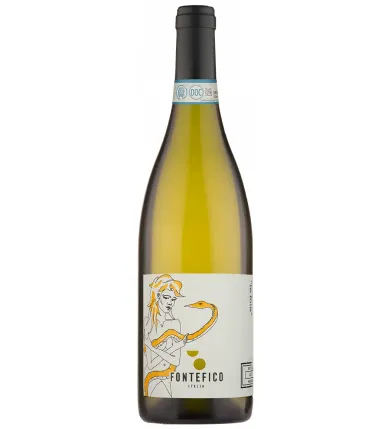


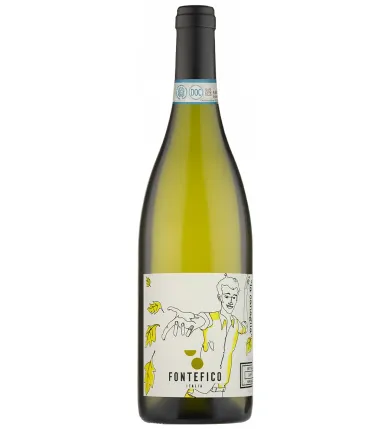
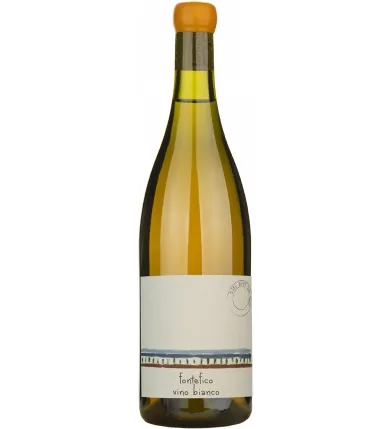

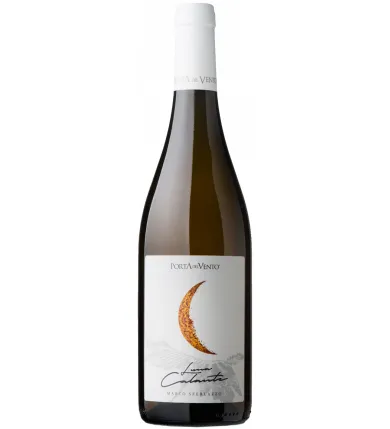


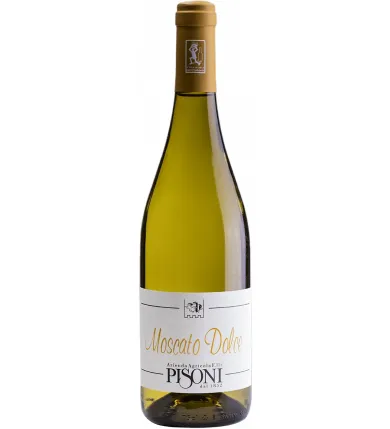
The information below is required for social login
Sign In
Create New Account